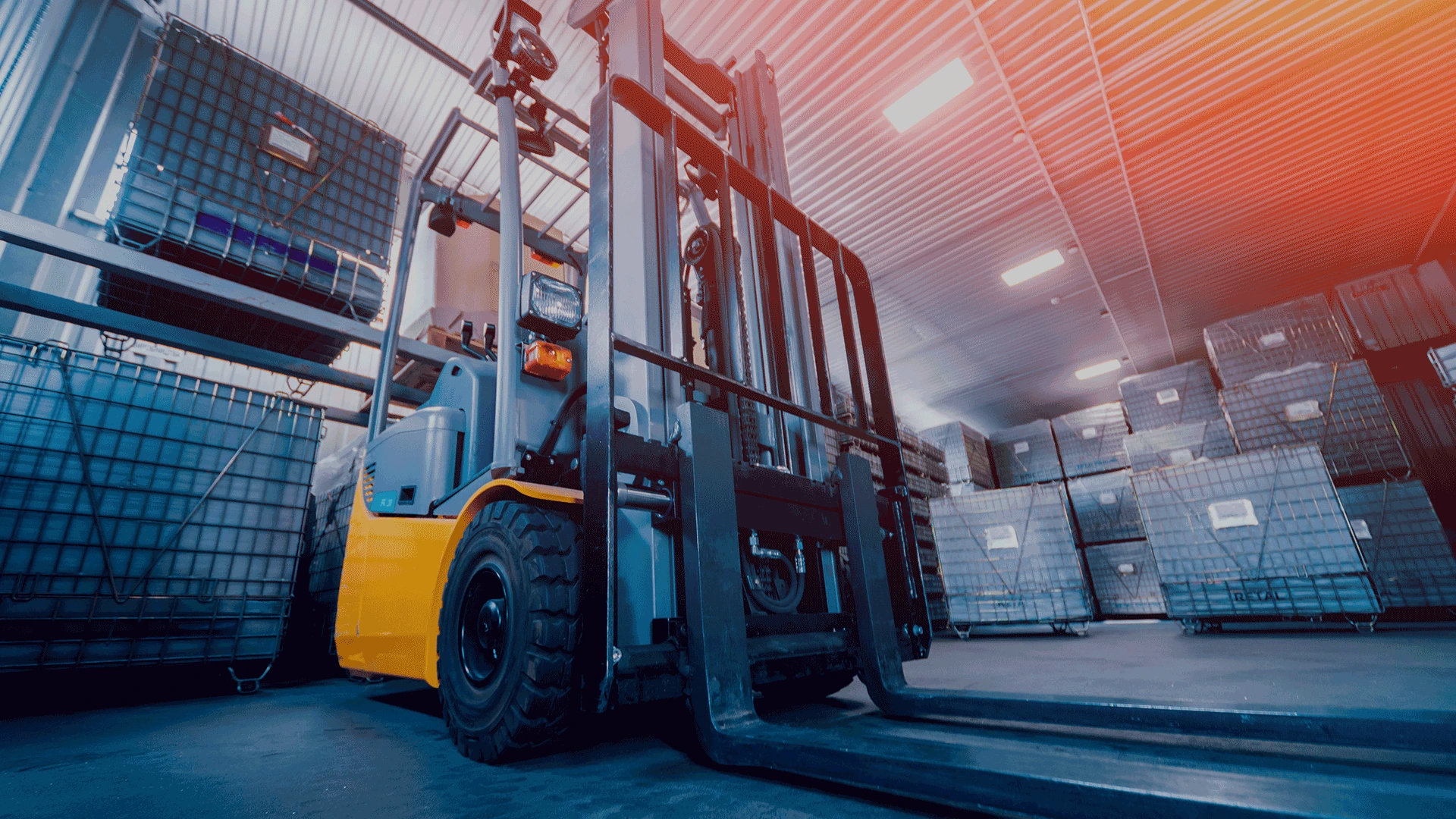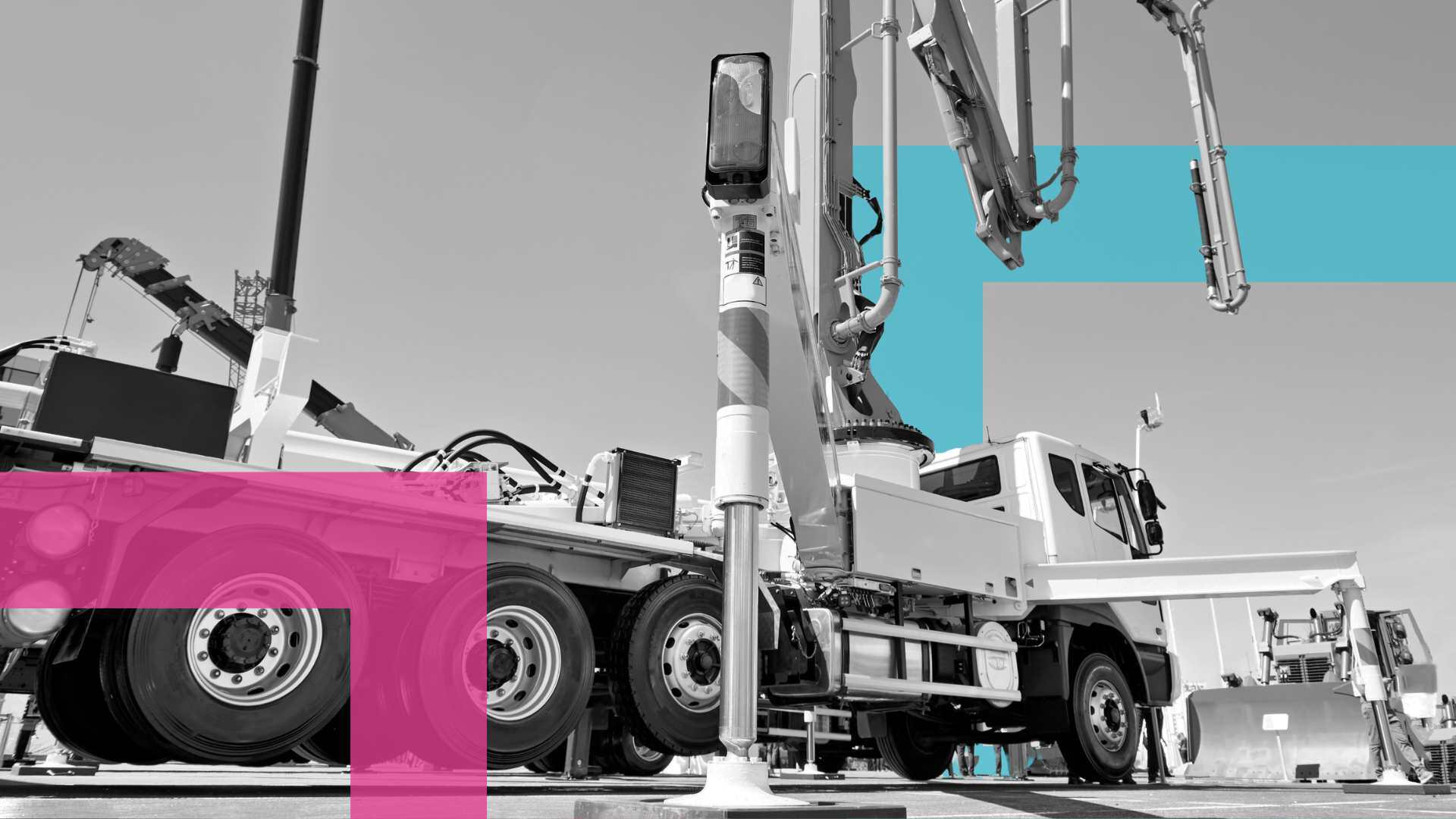Pre Start Plus rebranded to Ideagen Asset Guard
Ideagen Plant Assessor is pleased to announce the rebrand of its flagship pre-start app, Pre Start Plus, to Asset Guard. This rebrand aligns with...
|
|
Machinery Pre Starts
|
|
|
Risk Management &
|
|
|
Document Management
|
|
|
Dashboards & Reporting
|
|
|
Machinery Risk Assessments
|
|
|
Service & Maintenance
|
|
|
Safe Operating Procedures
|
|
|
MySite
|
|
|
View All Features |
Case Studies
Hear from our clients
Events
Find us at industry events
Guides
Find industry-specific guides
Learn
Educational content
News & Articles
Industry news and articles
Safety Legislation
We keep up with safety legislation
so you don't have to
Videos
Find overviews and informative
videos here
Webinars
View upcoming and on-demand webinars
Promotions
See our current promotions
FAQ
All of our frequently asked questions
Help Centre
How to use our software
View a Demo
Let us walk you through Ideagen Plant Assessor features
Release Centre
Product updates and release information
2 min read
![]() Matt Turner
:
October 2023
Matt Turner
:
October 2023

A man has been charged following the death of a worker which allegedly occurred as a result of a forklift incident.
The 52-year-old maintenance fitter was reportedly operating a forklift at a Corio warehouse back in October 2021, when the forklift’s unsecured load tipped. It’s understood the load crushed another nearby worker, causing fatal injuries.
The forklift operator has now been charged with breaching section 32 of the Occupational Health and Safety Act for recklessly engaging in conduct that placed another person in danger of serious injury, and section 25(1)(b) for failing to take reasonable care as an employee for the health and safety of others in the workplace.
The matter is now before the courts.
Securing loads on machinery such as forklifts is an often overlooked component of machinery safety. When we think of hazards, we often think of damage to a machine or mechanisms that are highly likely to cause injury when contact is made. However, a load that is not properly secured can also pose a serious injury risk to your people.
Extra care is required when transporting loads. Whilst it is uncommon to secure a load directly to a forklift, it is important to ensure the load is securely contained without the risk of becoming unsecured during transit. If using pallets, ensure the load is strapped or wrapped securely and the pallet is free from damage. If using other specific load moving attachments, ensure both the attachment and the load are secure prior to use. A traffic management plan (TMP) should also be in place for the site that the forklift is operating. The purpose of the TMP is to separate other forklifts and mobile plant from people within the work area and avoid incidents involving pedestrians and collisions with other mobile plant.
Additionally, it’s important to ensure forklifts are only operated by a qualified or experienced person, who understands how to properly secure a load. Also ensure all forklifts are accompanied by safe operating procedures (SOPs) or a safe work method statement (SWMS) that detail how to safely load a forklift. Operators should familiarise themselves with these procedures and processes to reduce the safety risks to themselves, and others who may be in the vicinity of the forklift. The SOP or SWMS should detail the following:
The forklift’s rated capacity. This number states how much weight the forklift can carry. Operators should be aware of the rated capacity of the forklift and the weight of the load they are about to move. Exceeding this weight limit is hazardous, and could result in the forklift tipping, or falling.
Use the most appropriate attachments for the job. If a forklift attachment, such as fork tynes, lifting jibs, fork extensions and bale clamps, will make it safer to transport a particular load, it should be used. Ensure the attachment is appropriate for the forklift it is to be used with, and check the final rated capacity of the forklift in combination with the attachment.
Ensure the load is stable and centred. An unbalanced load on a forklift will be more likely to tip and fall.
Ensure the forklift has a compliant load backrest and overhead guard (OHG).
Ensure the load is tilted backwards, and carry loads as low as possible
When using a forklift, spread the forks as wide as possible, and position the load back as far as possible. This will help to distribute the weight of the load evenly and boost stability.
Further information on the safe use of forklifts can be found in AS2359.2 Powered industrial trucks - Operations.
Plant Assessor can help you out! Our machinery safety and compliance experts can assist you in understanding your legal and safety requirements as a forklift owner or operator. Call 1300 728 852 or email us at info@assessor.com.au for more information today.
Disclaimer: This information is intended to provide general information on the subject matter. This is not intended as legal or expert advice for your specific situation. You should seek professional advice before acting or relying on the content of this information.

Ideagen Plant Assessor is pleased to announce the rebrand of its flagship pre-start app, Pre Start Plus, to Asset Guard. This rebrand aligns with...
.png)
Many businesses operating machinery still rely on traditional paper pre start books for daily machinery checks. While these booklets serve their...

A concrete company based in Melbourne has been convicted and fined $30,000 after an incident involving a concrete pump resulted in a worker’s hand...